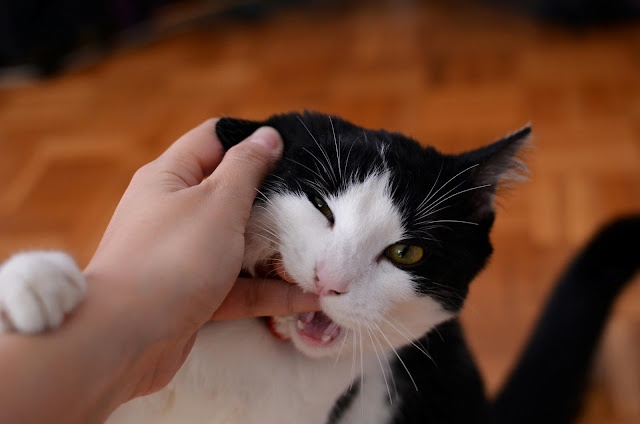When to Visit the Vet
Top 5 Signs Your Cat Is in Pain: When to Visit the Vet
Cats are known for their independent and stoic nature, making it difficult for pet owners to detect when something is wrong. Unlike dogs, cats often hide their pain, so it’s crucial to be aware of subtle signs that may indicate discomfort or illness. Identifying these signs early can help you get the right care for your furry friend. Here are the top 5 signs your cat may be in pain and when it’s time to visit the vet.
1. Changes in Behavior
One of the first indicators of pain in cats is a change in their usual behavior. Cats are creatures of habit, so if your feline starts acting differently, it could be a red flag.
- Hiding: If your usually social cat starts hiding more than usual, it could indicate that they're in pain or feeling unwell.
- Aggression or Irritability: Cats in pain may become more aggressive, swatting, hissing, or biting when approached.
- Lethargy: A sudden decrease in energy levels or loss of interest in activities they once enjoyed is often a sign of discomfort.
2. Loss of Appetite or Drinking Less
A healthy cat will typically have a regular eating and drinking routine. If your cat suddenly loses interest in food or water, it’s a significant sign that something might be wrong.
- Refusing food could indicate dental pain, gastrointestinal issues, or other internal problems.
- Drinking less water or appearing dehydrated can signal kidney problems, urinary tract infections, or other underlying health issues.
If your cat skips meals for more than 24 hours, it’s time to visit the vet.
3. Changes in Grooming Habits
- Over-grooming: Cats may lick or chew excessively at a painful area, leading to bald spots or irritated skin.
- Under-grooming: If your cat’s coat starts looking dull or matted, it could be because they are in too much pain to groom themselves properly. This is common with conditions like arthritis or joint pain.
4. Altered Posture and Movement
Cats in pain may change the way they sit, stand, or move. Pay close attention to these physical signs:
- Stiffness: Difficulty jumping onto furniture, climbing stairs, or walking can indicate pain, particularly in the joints or back.
- Limping: Limping or favoring one leg over another can be a clear sign of injury or discomfort.
- Hunched posture: Cats in pain may hunch their back and tuck in their belly, which can indicate internal discomfort or abdominal pain.
5. Vocalization and Restlessness
- Increased meowing, yowling, or growling can indicate discomfort, especially if it happens when being touched or picked up.
- Restlessness: If your cat is having difficulty finding a comfortable position to sleep or constantly shifting around, it may be a sign they are in distress.
When to Visit the Vet
If you notice any of these signs, it’s important to consult your veterinarian promptly. Cats are experts at hiding their pain, and delaying treatment could lead to more severe health issues. Early diagnosis can prevent further complications and ensure your cat gets the best care.
- Persistent changes in behavior lasting more than 24-48 hours.
- Lack of appetite for more than 24 hours.
- Signs of physical injury like limping or stiffness.
- Unusual vocalizations or grooming habits.
Your vet can conduct a thorough examination, run necessary tests, and provide a treatment plan to help manage your cat’s pain.
.png)






.jpeg)



